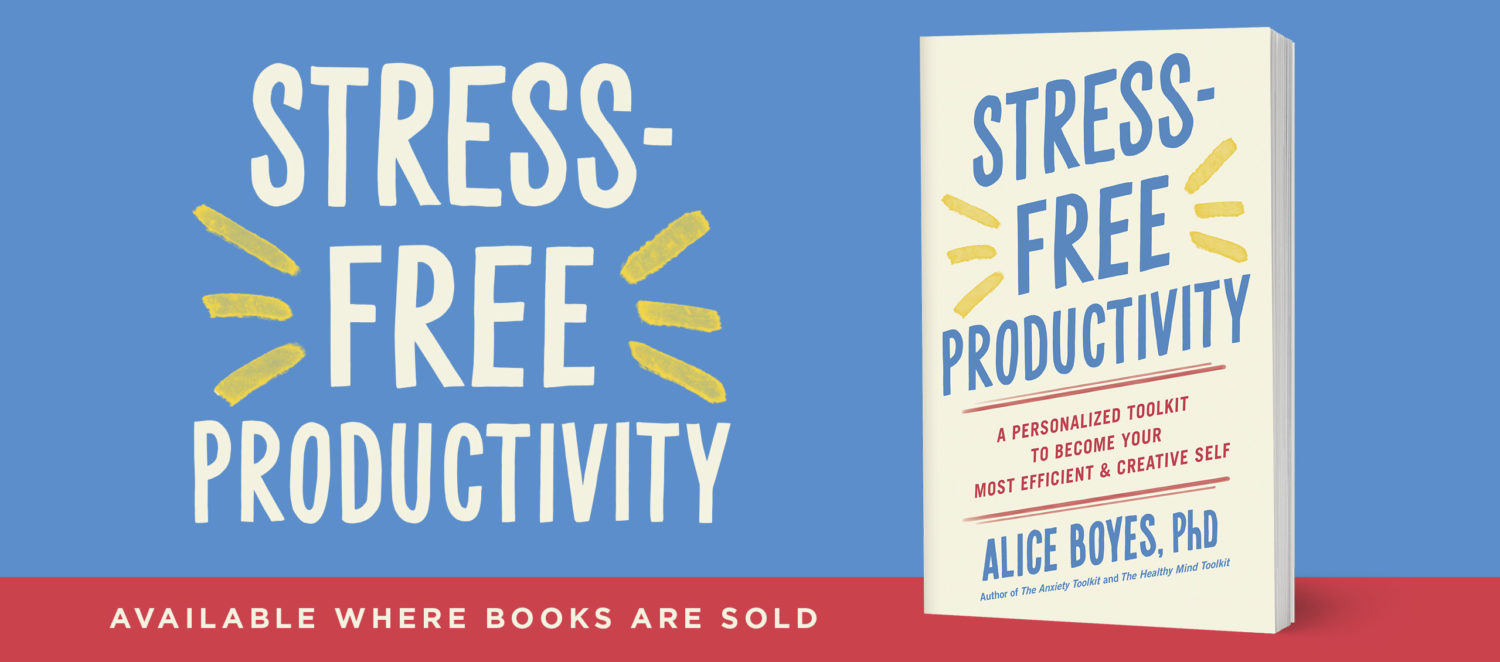Positive Body Image
Practical tips for Positive Body Image I was interviewed for Next Magazine about Positive Body Image, and these are my positive body image tips. The following positive body image tips come from a therapy called Cognitive Behavioral Therapy CBT.
I was interviewed for Next Magazine about Positive Body Image, and these are my positive body image tips. The following positive body image tips come from a therapy called Cognitive Behavioral Therapy CBT.
Positive Body Image Cognitive Behavioral Therapy (CBT) – How to feel better about yourself and improve your body image
1. Mirror Exposure
Stand in front of a full length mirror and describe your body as if you were describing it to a blind person. Don’t say what’s good or bad – and don’t skip over the parts you dislike. In this way you’re counteracting the evaluative tendency and just practicing describing what you see rather than evaluating it. Repeat this.
2. Situation exposure
Make a list of things that frighten you when it comes to body image on a scale from one to 100, with 100 being the worst. It might be wearing tank tops to show off your arms, or going running in shorts along a busy road. Try to put things in five-point increments. Then practice doing that thing until on your scale it is half as anxiety-provoing as it once was. We know from research studies that exposure techniques are really good for changing thoughts, Dr Boyes says.
3. Weigh yourself right
For those who avoid weighing themselves or go through stages of weighing themselves all the time — put some structure into when you do this. Weigh yourself once aweek, and instead of judging each measurement, take the average of the past three weights. Also mark your cycle, as you can go up around your period. “Weight is not a perfect measure, but body image perceptions are so psychologically based, and they can feel good one day and bad the next. Having an objective measure is really helpful,” Dr Boyes says.
4. Experiment
If your dietary routine is ruling your life, experiment with forbidden food. Make a list of those foods that you only eat in the context of a binge and those which are really scary. Then try to eat them normally. “There are two types of restricting: one is physiological restriction (restricting calories) and the other is psychological restriction,” Dr Boyes says. “If you had a rule that you’re only allowed to eat orange food, you’d develop a binge craving for any food that wasn’t orange. So whenever we put a psychological restriction in it creates risk of bingeing.”
5. Plan
It you are erratic in your eating habits, start planning the times you’re going to eat — and aim for at least once every four hours. It’s important to get out of that cycle of under eating and overeating – and saying “I’ll start the diet on Monday so it’s okay if I eat a family bag of chips now.” Dr Boyes says. “Getting off that cycle helps with body image a lot.”
6. Self-esteem pie chart
Make two pie charts. In one put your current sources of self-esteem and in the other out your ideal sources of self-esteem. “Someone with an eating disorder might say 80% of their self-esteem is around their ability to control or not control their eating — and that crowds out the room for everything else,” Dr Boyes says, “And then we do the ideal, the person makes room for things like being a good friend, being environmentally conscious or being a good musician. Recognizing more diverse forms of self-esteem is really good.”
Click here to view a screencast demo of how to do the self-esteem pie chart (free).




